'Star Wars' Tech: 8 Sci-Fi Inventions and Their Real-Life Counterparts
'Star Wars' Tech
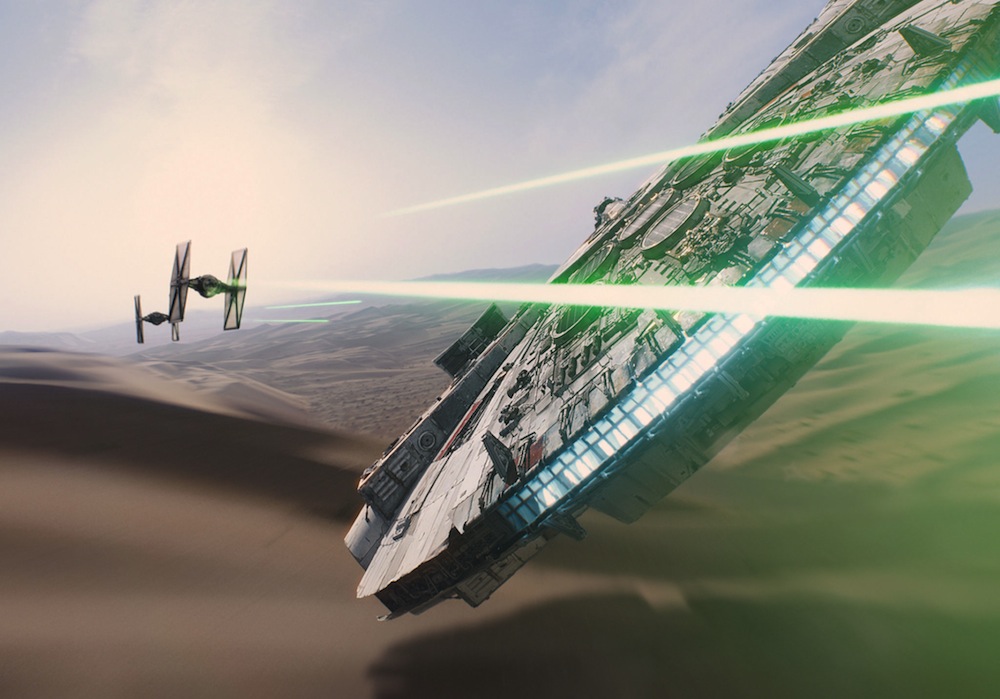
A long time ago in a studio far, far away, filmmaker George Lucas created one of the seminal works of science fiction: the "Star Wars" movie series.
Nearly 40 years later, the ideas introduced by the films are still staples of the genre, and with new installments of the series set to hit theaters in the coming years, fans will be pleased to see lightsabers, hyperdrives and speeders in abundance.
While the science and technologies behind the franchise are firmly rooted in fantasy, their enduring appeal has served as inspiration for many real-life scientists and engineers. Here are some of the most notable attempts to turn "Star Wars'" science fiction into science fact.
Lightsabers

The most iconic piece of "Star Wars" technology is the lightsaber, but it's also probably the most far-fetched, experts say. The photons that make up light have long been considered massless particles that don't interact with each other, which makes the prospect of clashing beams of light in epic lightsaber duels unlikely.
In 2013, however, researchers from Harvard University and the Massachusetts Institute of Technology (MIT) demonstrated that when pairs of photons were fired through a cloud of supercooled atoms, the photons emerged as a single molecule. Talking about the interaction between the particles to the Harvard Gazette, Mikhail Lukin, a professor of physics at Harvard, said, "It's not an inapt analogy to compare this to lightsabers." [Infographic: Secrets of the Jedi Lightsaber]
But Eric Davis, a physicist at the Institute for Advanced Studies at Austin, in Texas, said re-creating the effect in real life is a whole other ball game. "Lightsabers are purely fictional and will never be developed," he said. "Using the contraptions and cryogenic equipment to produce trapped quantum gases 2 feet [0.6 m] from the end of a lightsaber emitter is impractical."
But all is not lost when it comes to light-based weapons: Scientists are close to developing weapons similar to the blaster guns featured in "Star Wars." In fact, the U.S. Navy has already demonstrated a ship-based laser weapon capable of shooting drones out of the sky and disabling small boats. And this summer, the U.S. Air Force began testing another laser-based weapon that is five times as powerful as the Navy's version, and small enough to be fitted to fighter jets and Humvees.
Get the world’s most fascinating discoveries delivered straight to your inbox.
Hyperspace

In the films, spaceships like Han Solo's Millennium Falcon are able to jet between solar systems that are light-years apart. According to "Star Wars" canon, these "hyperdrive" propulsion systems let intergalactic travelers jump into a shadow dimension called "hyperspace," which provides shortcuts between points in real space.
While the movies are hazy on the details, the idea of hyperspace and faster-than-light (FTL) travel has a basis in real science, said Davis, who researches the possibility of FTL travel.
While it's impossible to travel faster than light, the curved nature of space-time proposed by Albert Einstein suggests space could be distorted to shorten the distance between two points. One way of doing this would be a warp drive that contracts space in front of a ship and expands it behind the vessel. Another would be to create a wormhole, or a section of space that curves in on itself to create a shortcut between distant locations. Creating these kinds of distortions would require exotic matter with so-called "negative energy," Davis told Live Science, a phenomenon that has been demonstrated in the lab using the Casimir effect, which can be measured as the force of attraction or repulsion between two parallel mirrors that are placed just tiny distances apart in a vacuum. [Warped Physics: 10 Effects of Faster-Than-Light Travel]
Earlier this year, a lab called Eagleworks, based at NASA's Johnson Space Center in Houston, Texas, claimed to have created a warp drive that appears to exploit this effect to create spatial distortions in a vacuum. But, sadly for sci-fi fans, the lab's unpublished findings have been met with skepticism. And Davis, an FTL optimist, called the claims "bizarre and questionable."
"These remain as speculative theoretical concepts at present because they remain under further theoretical study and also because there is no technology envisioned that can implement them," he said. "It might take between 50 and 300 years to develop the technology that produces traversable wormholes or warp drives."
Speeders

A less conceptually troublesome mode of transport featured in "Star Wars" is likely a lot closer to being realized. A number of firms are currently trying to create working versions of "hoverbikes," known as "speeders" in the films.
Aerofex, a California-based startup company, developed the Aero-X vehicle, which is described as "a hovercraft that rides like a motorcycle," and can fly at 45 mph (72 km/h) up to 10 feet (3 meters) off the ground. For speed demons, U.K.-based Malloy Aeronautics' Hoverbike is projected to reach speeds of more than 170 mph (274 km/h) at the same altitude as a helicopter.
Both Aerofex and Malloy Aeronautics' hoverbikes use standard gasoline, but environmentally conscious "Star Wars" fans could soon have futuristic transportation alternatives, too. Bay Zoltan Nonprofit Ltd., a Hungarian state-owned applied research institute, has created an electric battery-powered tricopter called the Flike. Before you get your hopes up, though, all three vehicles are still firmly in the design phase.
Exoplanets
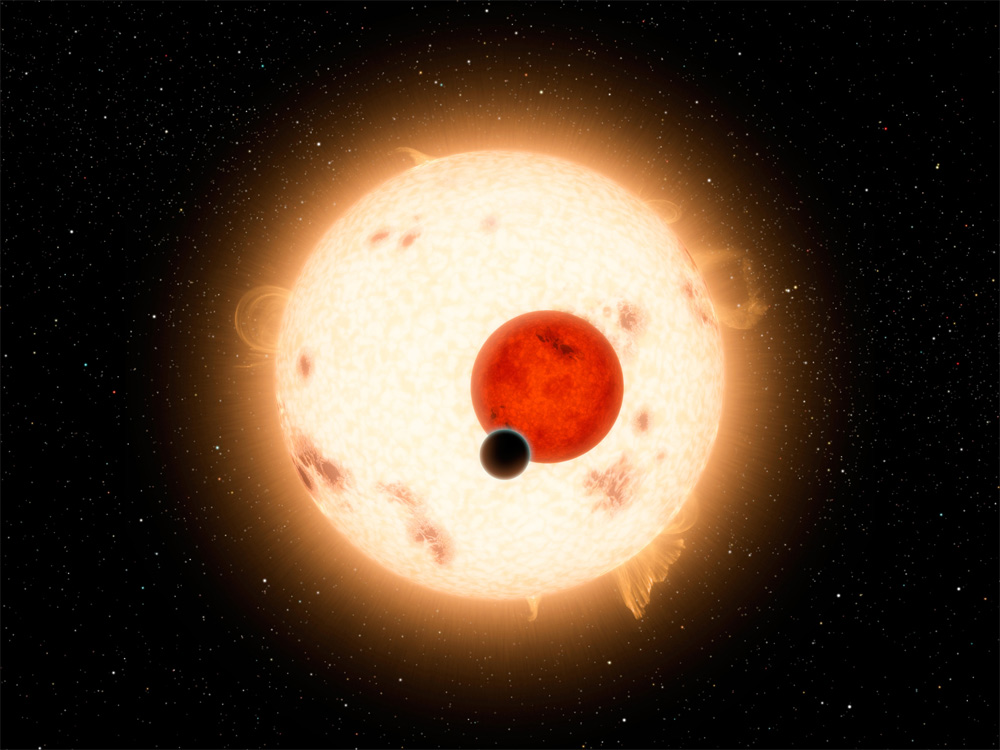
Central to the plot of "Star Wars" is the existence of vast numbers of planets, all connected by a galaxy-wide trade network. But it wasn't until 1995, nearly 20 years after the 1977 release of the first movie, that the first exoplanet — a planet located outside Earth's solar system — was definitively detected. [Science Fact or Fiction? The Plausibility of 10 Sci-Fi Concepts]
"To me, the most important thing about 'Star Wars' is the idea that humans' future is in space,” said British science communicator Mark Brake, who put on a show called "The Science of Star Wars" last year. "Effectively, what it's all about is trade and imperial development in a series of solar systems, and actually now we are beginning to discover these solar systems."
More than 2,000 exoplanets have now been found, and in 2011, NASA's Kepler space telescope discovered the first planet orbiting around two suns, just like Luke Skywalker's fictional home planet Tatooine. The planet, dubbed Kepler-16b, is an uninhabitable gas giant, but in 2012, the telescope was used to discover two more planets in binary star systems that are extremely close to the so-called habitable zone. (This is the region around a star in which liquid water could flow on a planet's surface.)
Droids
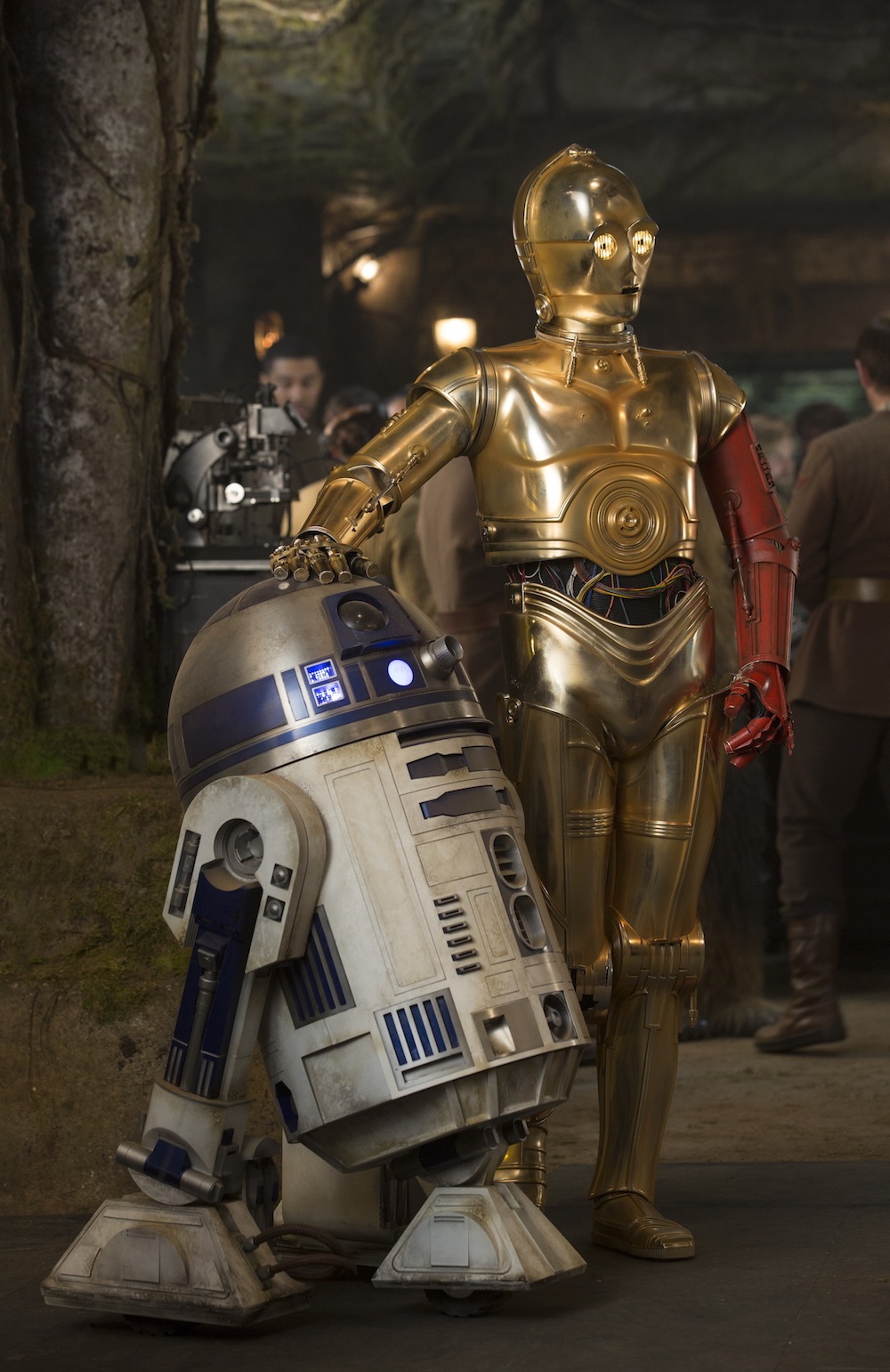
Another ever-present feature of the "Star Wars" universe are droids, which are robots that act as personal servants, pilots, technicians and even soldiers. Today, there are a growing number of analogies in the real world, ranging from automated military drones to Google's driverless cars and robotic surgical assistants. [The 6 Strangest Robots Ever Created]
This summer, robots competed in the U.S. Defense Advanced Research Projects Agency (DARPA) Robotics Challenge Finals. The humanoid robots tackled complex challenges, including driving a vehicle, opening a door, climbing steps and turning off a valve.
The majority of the bots performed well in the competition, but these machines were only semiautonomous, meaning a human operator was almost constantly in control of the robot. So, while the machinery of modern robotics can match the clunky "Star Wars" droids, there's a long way to go in making real robots as smart, said Jerry Pratt, an expert in algorithms for bipedal walking and co-leader of the Florida-based Institute for Human and Machine Cognition's team, which competed in the Robotics Challenge Finals, winning second place.
"The hard part is the artificial intelligence," Pratt told Live Science. "We're getting to the point where sensory-input devices are nearly as good [as], if not better than human sight. But [having the robots] actually understanding what [they] are looking at is what's difficult. It's small things like being able to look at a cup and understand what a cup is and understand that it's something you put liquid in. Unless it is hand-coded by a human, we are pretty much nowhere at this point, and it's hard to say what needs to happen."
Tractor beams
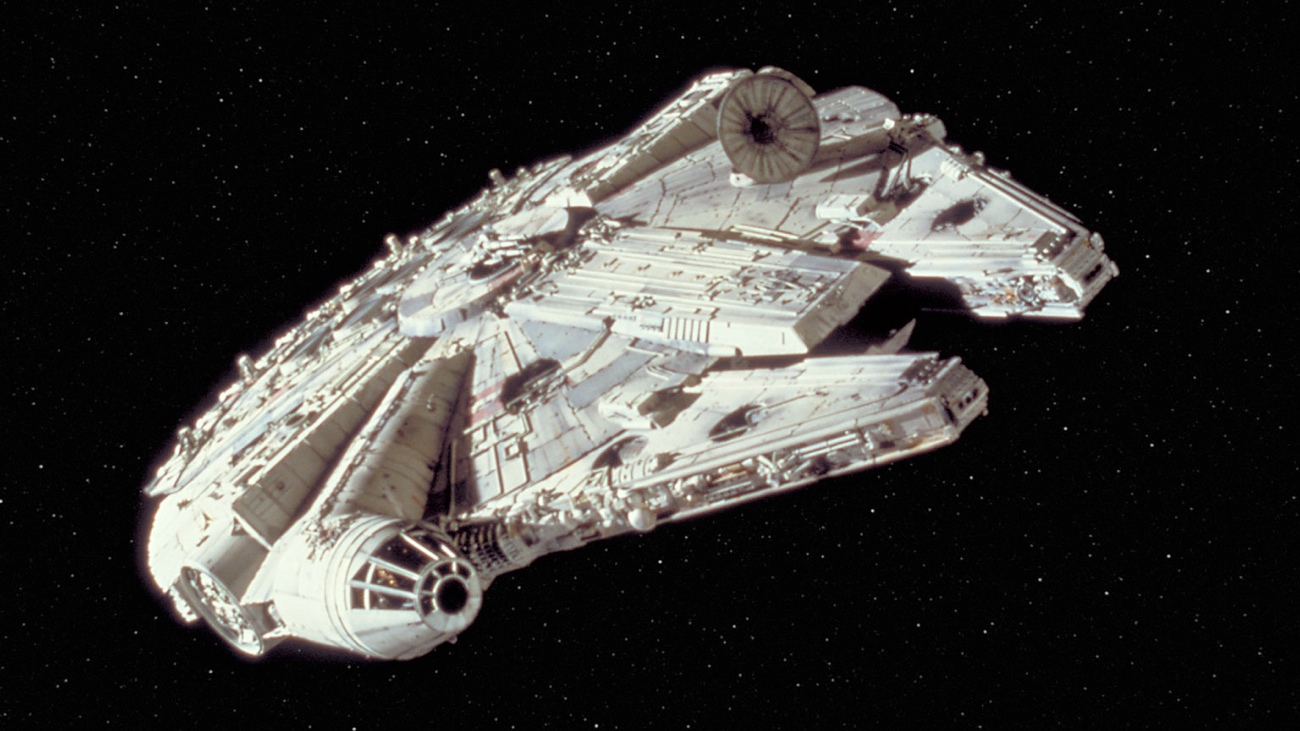
Light could also help replicate another interesting technology from the "Star Wars" franchise: the tractor beam, which is an invisible energy field that can grab, trap and move objects. Since the early 2010s, scientists have been creating lasers with unusual beam-intensity profiles that allow them to attract and repulse tiny particles.
Just last year, researchers from the Australian National University broke the distance record for tractor beams by using a doughnut-shaped laser to drag hollow, glass spheres for up to 7.8 inches (20 centimeters), roughly 100 times further than in previous experiments.
And just a couple months ago, a team from the University of Bristol, in the United Kingdom, showed that sound could rival light as the source of future tractor beams. The researchers used a precisely timed sequence of sound waves from an array of tiny loudspeakers to create a region of low pressure that effectively counteracts gravity, levitating tiny balls of polystyrene in midair. The balls could then be pulled, pushed and spun using only sound waves.
Holograms

When you're trapped in the tractor beam of an Imperial Star Destroyer and facing certain doom, there's no better way of sending a mayday message than via hologram. But while specially designed glasses have been used to create the illusion of 3D images for decades, free-standing holographic videos have been hard to reproduce.
In recent years, an old stage trick invented by John Pepper in the 19th century to give the illusion of a ghostlike apparition on stage has been revived, most notably to seemingly resurrect deceased rapper Tupac Shakur at the Coachella music festival in 2012. The method relies on a superthin sheet of foil hung at a 45-degree angle from the stage that is invisible to the naked eye but reflects images from a projector. The trick gives the illusion of a 3D image but only if you are standing in front of it.
Closer to the mark is the Voxiebox "swept surface volumetric display" made by Voxon, the result of a merger between two groups of Australian and American inventors. 3D models are sliced into hundreds of horizontal cross sections before a superfast projector beams them onto a flat screen that rapidly moves up and down. The human eye blends these projections together to create a 3D image that can move and be viewed from any angle, just like during Princess Leia's message to Obi-Wan Kenobi in "Star Wars: Episode IV - A New Hope."
The Force
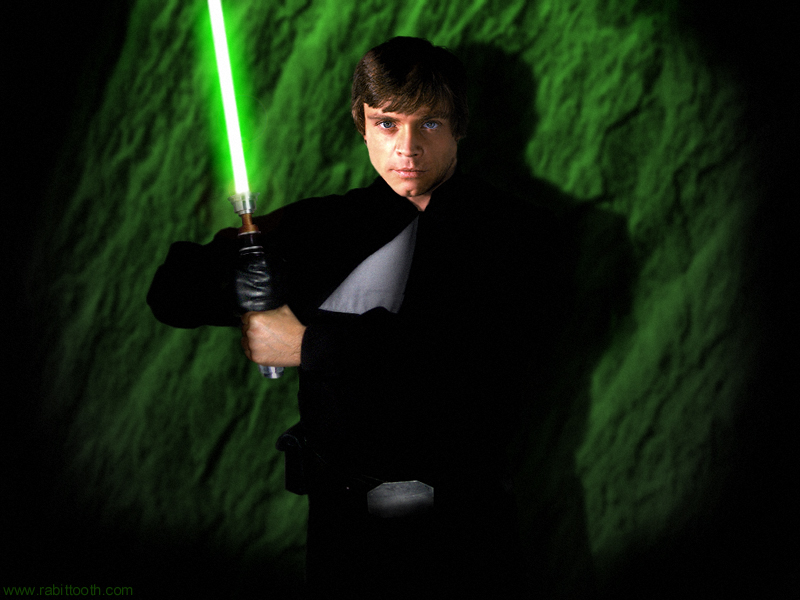
Binding the entire "Star Wars" universe together is the concept of the Force, which gives Jedi knights their magical powers and provides the backdrop for the battle between good and evil.
Earlier this year, researchers at the Large Hadron Collider announced they had discovered the first unequivocal evidence for the phenomenon, with a certain diminutive green spokesperson remarking, "Very impressive, this result is." Sadly for those aspiring Jedi out there, it was an elaborate April Fools' Day prank.
But, with the Force due to awaken later this month, there may be hope for them yet.
Follow Live Science @livescience, Facebook & Google+.

 Live Science Plus
Live Science Plus





